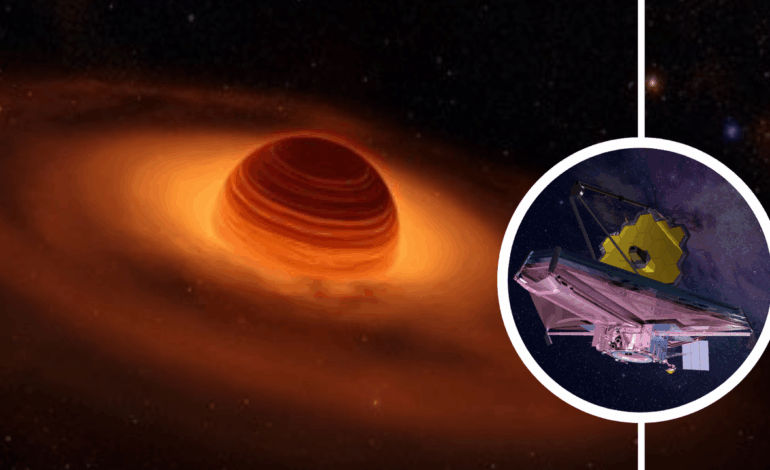James Webb Telescope Reveals Free-Floating Planets Can Form Mini-Systems

New research utilizing the James Webb Space Telescope (JWST) suggests that giant, free-floating planets are capable of forming their own planetary systems without the need for a parent star. This groundbreaking discovery challenges the long-held view of planetary formation commonly illustrated by the solar system, where planets orbit a central star.
The findings indicate that planetary systems may exist independently in the universe, comprised solely of these rogue planets. Researchers focused on young, isolated objects believed to have masses between five and ten times that of Jupiter. Unlike solar system planets, these bodies are unbound to any star, floating freely in space. They possibly formed in a manner similar to stars, from collapsing clouds of gas and dust, yet they do not possess sufficient mass to initiate nuclear fusion, a defining characteristic of main-sequence stars.
According to Belinda Damian, lead author of the study and a scientist at the University of St. Andrews, “These discoveries show that the building blocks for forming planets can be found even around objects that are barely larger than Jupiter and drifting alone in space.” This suggests that the process of planetary formation is not exclusive to stars but could also occur around isolated celestial bodies.
Spotting the Rogue Planets
Free-floating planets, regarded as the lowest mass bodies that can emerge from isolated gas and dust clouds, are notoriously difficult to detect. They emit minimal light, primarily in the infrared spectrum, which the JWST is adept at capturing. The research team focused on eight young free-floating planets, conducting observations between August and October 2024.
The results revealed that six of these planets exhibited extended infrared emissions due to warm dust surrounding them, indicative of gas and dust disks similar to those found around infant stars. More intriguingly, the presence of silicate grains in these disks hints at the early stages of dust aggregation and crystallization, a precursor to the formation of rocky planets akin to Earth.
This study marks the first time such evidence has been identified around smaller free-floating planets, reinforcing earlier research suggesting that protoplanetary disks around these bodies could endure for several million years—ample time for planets to develop.
The Path Forward
Aleks Scholz, team leader and astronomer at the University of St. Andrews, stated, “Taken together, these studies show that objects with masses comparable to those of giant planets have the potential to form their own miniature planetary systems.” These systems could mirror our solar system but on a significantly smaller scale, potentially reduced by a factor of 100 or more in mass and size.
The implications of these findings open a new frontier in astronomy. As researchers establish the plausibility of starless mini-planetary systems and begin to detect signs of their formation, the scientific community eagerly anticipates whether such systems truly exist.
The research detailing these findings was published on July 30, 2024, in The Astronomical Journal.






